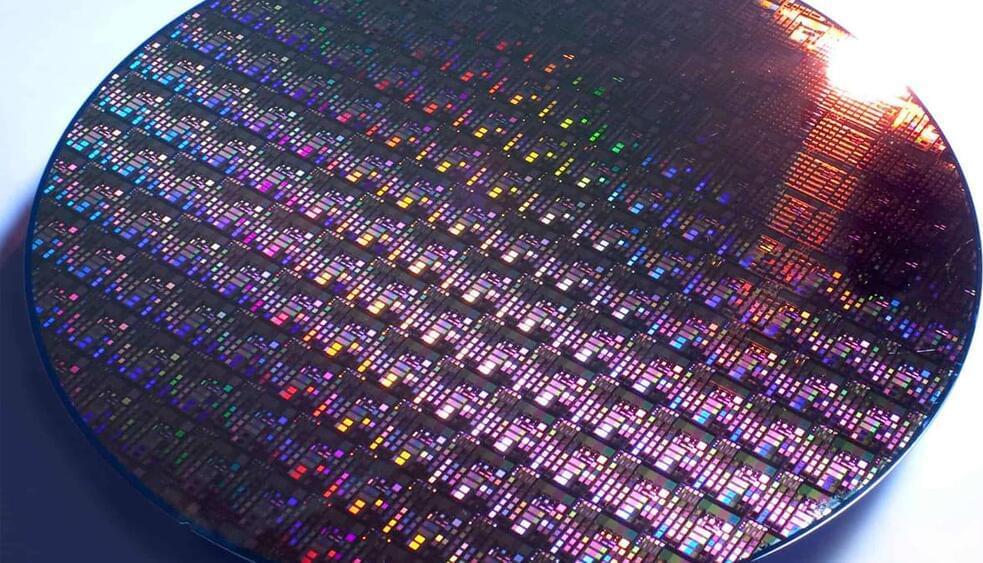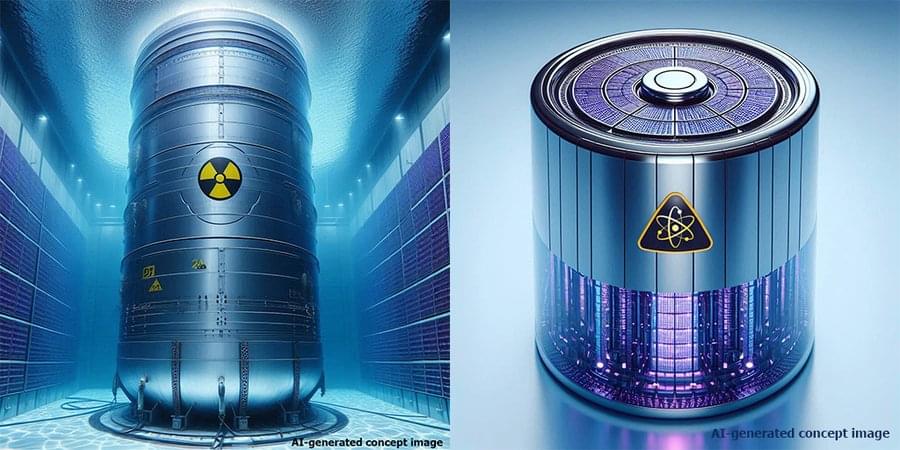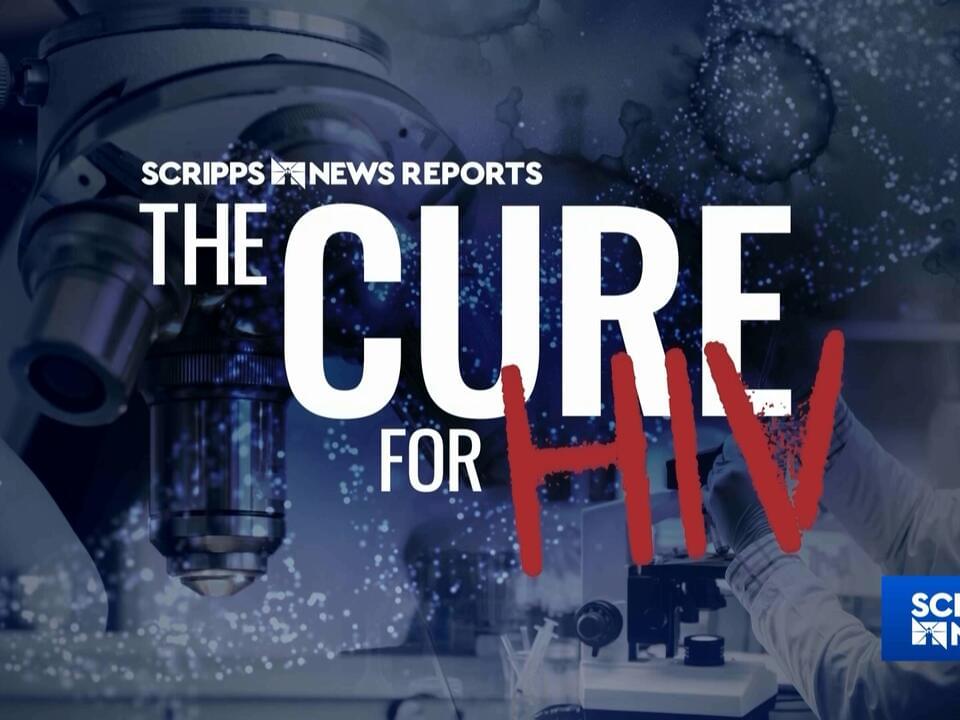Latest posts
Aug 11, 2024
Direct serotonin release in humans shapes aversive learning and inhibition
Posted by The Neuro-Network in category: futurism
Increasing serotonin can change how people learn from negative information, as well as improving how they respond to it, according to a new study published in the leading journal Nature Communications.
The study by scientists at the University of Oxford’s Department of Psychiatry and the National…
Serotonin is involved in aversive processing, but how serotonin shapes behavior remains unclear. Here, the authors show that directly enhancing synaptic serotonin in humans reduces outcome sensitivity and increases behavioral inhibition in aversive contexts.
Continue reading “Direct serotonin release in humans shapes aversive learning and inhibition” »
Aug 11, 2024
The Potential for AI in Science and Mathematics — Terence Tao
Posted by Cecile G. Tamura in categories: mathematics, robotics/AI, science
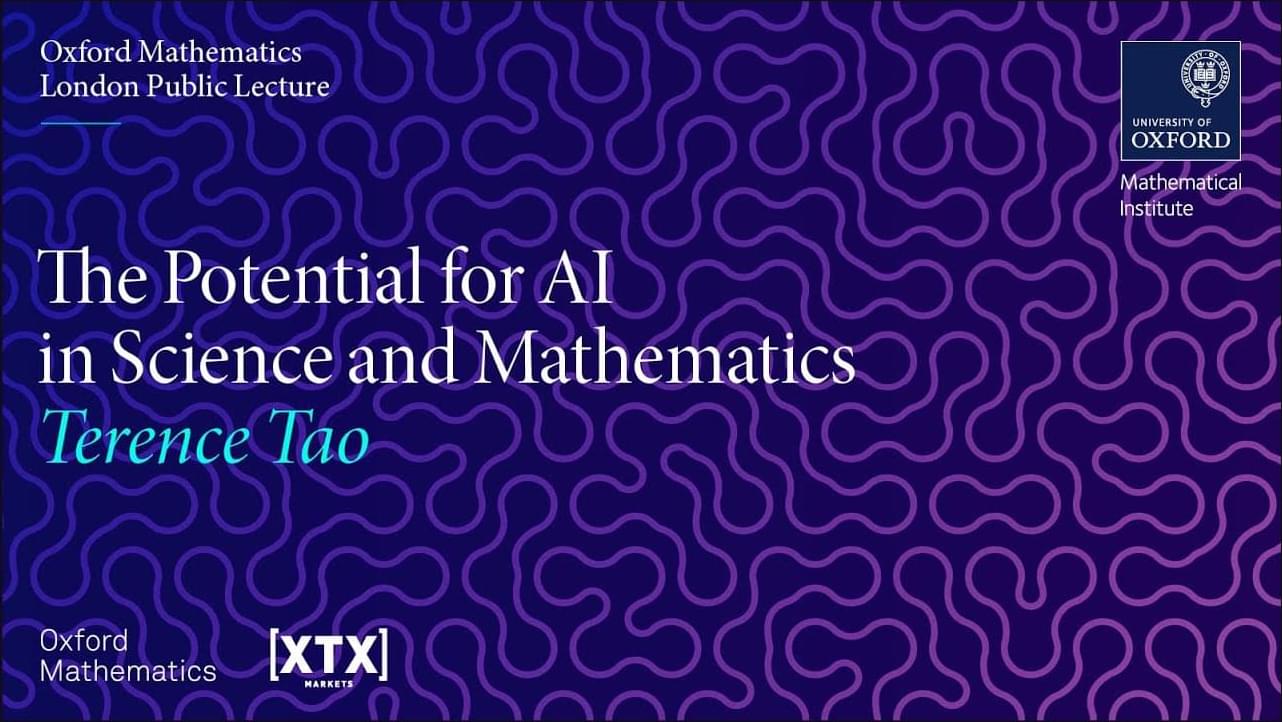
Terry Tao is one of the world’s leading mathematicians and winner of many awards including the Fields Medal. He is Professor of Mathematics at the University of California, Los Angeles (UCLA). Following his talk, Terry is in conversation with fellow mathematician Po-Shen Loh.
The Oxford Mathematics Public Lectures are generously supported by XTX Markets.
Aug 11, 2024
Were Primitive Humans Uplifted By Aliens?
Posted by Dan Breeden in categories: media & arts, space
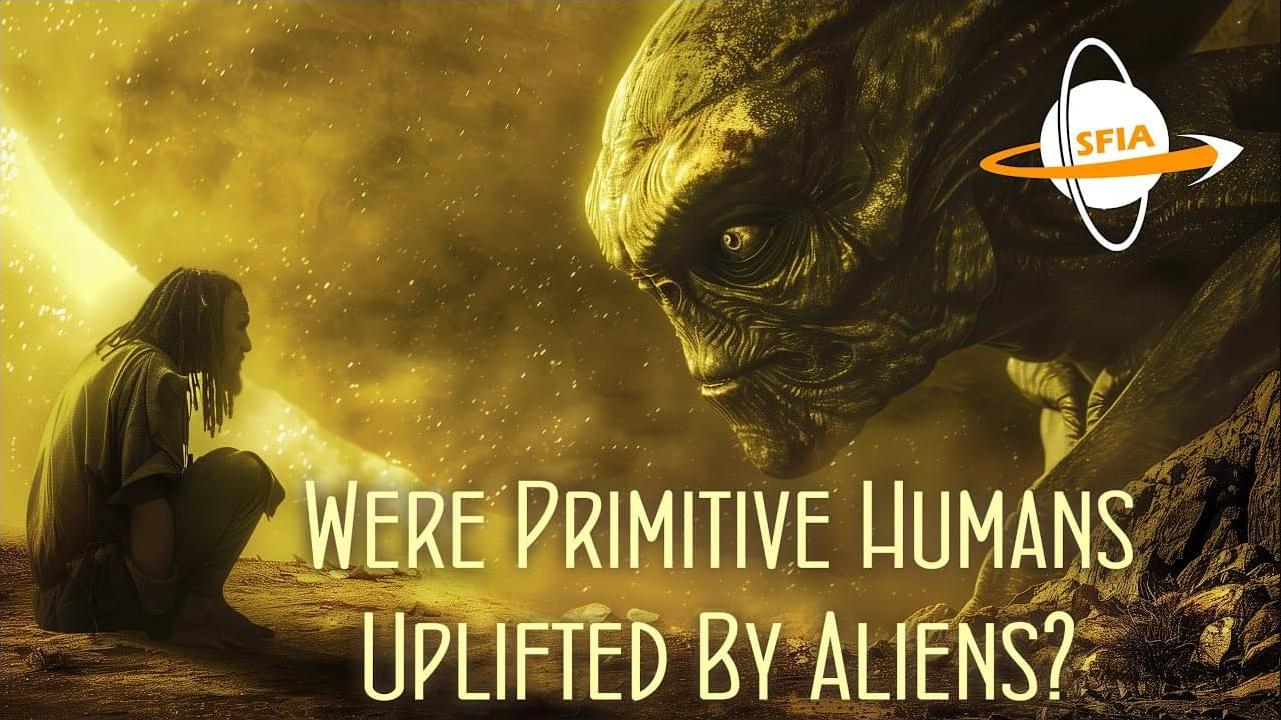
Many believe humanity’s climb upward may have been assisted by outsiders. Is this possible, and if so, what does that tell us about our own past… and future?
Watch my exclusive video Jupiter Brains \& Mega Minds: https://nebula.tv/videos/isaacarthur–…
Get Nebula using my link for 40% off an annual subscription: https://go.nebula.tv/isaacarthur.
Get a Lifetime Membership to Nebula for only $300: https://go.nebula.tv/lifetime?ref=isa…
Use the link gift.nebula.tv/isaacarthur to give a year of Nebula to a friend for just $30.
Continue reading “Were Primitive Humans Uplifted By Aliens?” »
Aug 11, 2024
We Live in a Virtual Reality! Tom Campbell Explains his TOE
Posted by Dan Breeden in category: virtual reality
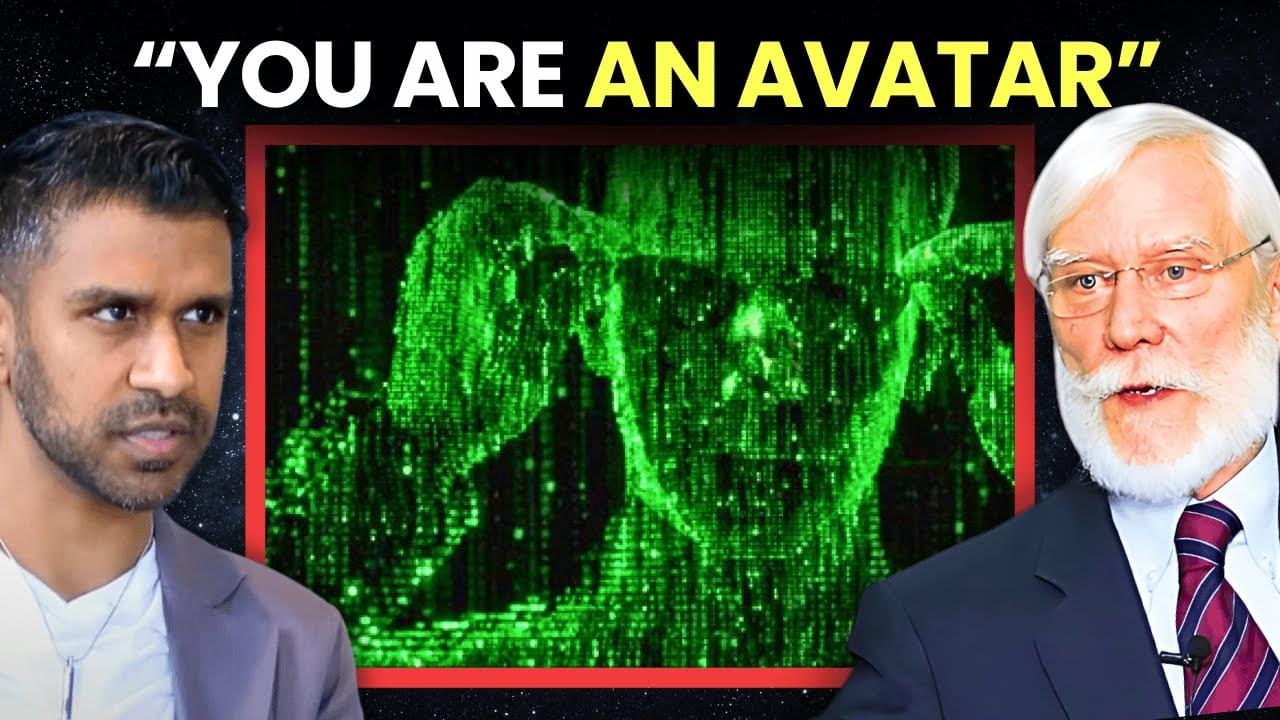
Main episode with Tom Campbell (Dec 2020): https://youtu.be/kko-hVA-8IU?list=PLZ7ikzmc6zlN6E8KrxcYCWQIHg2tfkqvR Listen on Spotify: https://open.spotify.com/show/4gL14b92xAErofYQA7bU4e
Aug 11, 2024
DARPA wants to bypass the thermal middleman in nuclear power systems
Posted by Robert Bosnjak in category: nuclear energy
Nuclear power already has an energy density advantage over other sources of thermal electricity generation. But what if nuclear generation didn’t require a steam turbine? What if the radiation from a reactor was less a problem to be managed and more a source of energy? And what if an energy conversion technology could scale to fit nuclear power systems ranging from miniature batteries to the grid? The Defense Advanced Research Projects Agency (DARPA) Defense Sciences Office (DSO) is asking these types of questions in a request for information on High Power Direct Energy Conversion from Nuclear Power Systems, released August 1.
Aug 11, 2024
A naturally occurring peptide called PEPITEM could potentially rejuvenate the immune response in older individuals and protect against ‘inflammageing’
Posted by Natalie Chan in categories: biotech/medical, life extension
which is widely believed to be the root cause of many age-related diseases.
The study, published today in the journal npj Aging, raises the exciting possibility of a protective agent that could dampen age-related inflammation and restore normal immune function in older adults.
PEPITEM (Peptide Inhibitor of Trans-Endothelial Migration) was initially identified at the University of Birmingham in 2015. While the role of the PEPITEM pathway has already been demonstrated in immune-mediated diseases, this is the first data showing that PEPITEM has the potential to increase healthspan in an aging population.
Aug 11, 2024
Practicing my Lecture on Strong Emergence and Computational Mechanics
Posted by Dan Breeden in category: computing
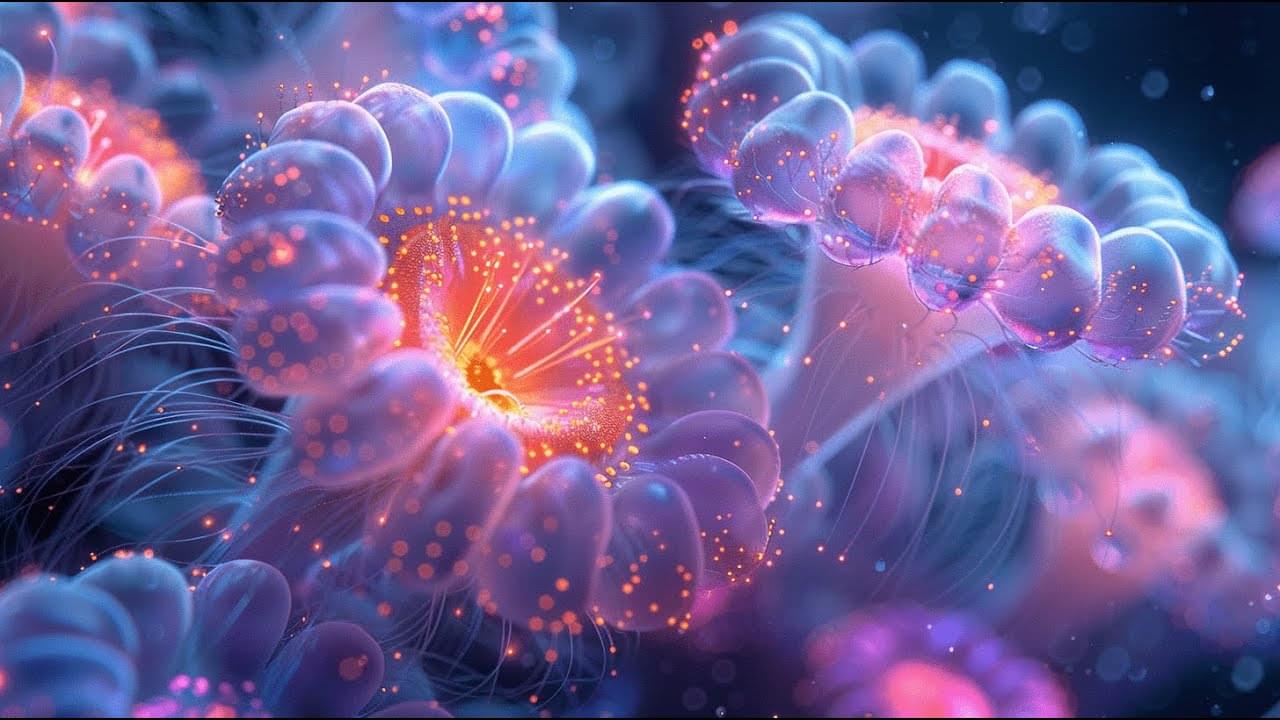
Non-personalized content and ads are influenced by things like the content you’re currently viewing and your location (ad serving is based on general location). Personalized content and ads can also include things like video recommendations, a customized YouTube homepage, and tailored ads based on past activity, like the videos you watch and the things you search for on YouTube. We also use cookies and data to tailor the experience to be age-appropriate, if relevant.
Select “More options” to see additional information, including details about managing your privacy settings. You can also visit g.co/privacytools at any time.
Aug 11, 2024
Scripps News Reports: The Cure for HIV
Posted by Paul Battista in categories: biotech/medical, innovation
We’re closer to a cure for HIV than ever before. This half hour, Scripps News examines the fight against a virus that has killed millions of people around the world in the last generation.
In 2023 there were nearly 40 million people living with HIV. Some 30.7 million of them receive antiretroviral treatment. Despite recent advances in preventing infections, more than a million people are expected to become newly infected in 2024. More than 600,000 will die of HIV/AIDS.
But a handful of people have now been cured, thanks to recent breakthroughs in treatment.
Aug 11, 2024
SpaceX’s Revolutionary Plan: Landing Starship and Booster on Droneships
Posted by Chris Smedley in categories: drones, space travel, sustainability

SpaceX is working towards the goal of landing both the super heavy booster and Starship on a drone ship in the ocean, which has the potential to revolutionize space travel and support their mission for greater sustainability and reusability Questions to inspire discussion What is SpaceX’s goal for landing the super heavy booster and Starship?
